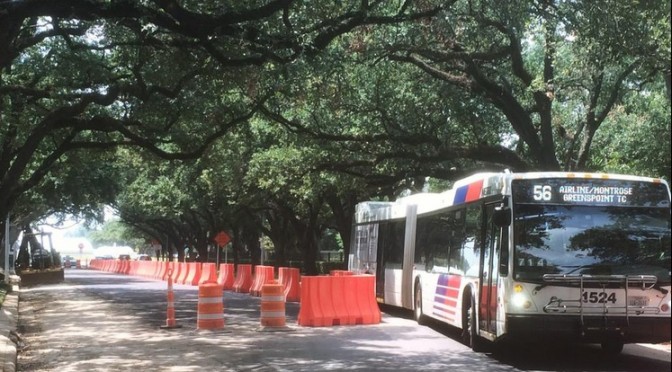
After years of planning, months of aggressive public outreach, weeks of preparation and days of
frenzied execution, the Metropolitan Transit Authority of Harris County finally reached its big day. After completing normal Saturday bus schedules at 2am, just a couple of hours later, METRO rolled out the agency's
New Bus Network. The plans …
Continue Reading ›› 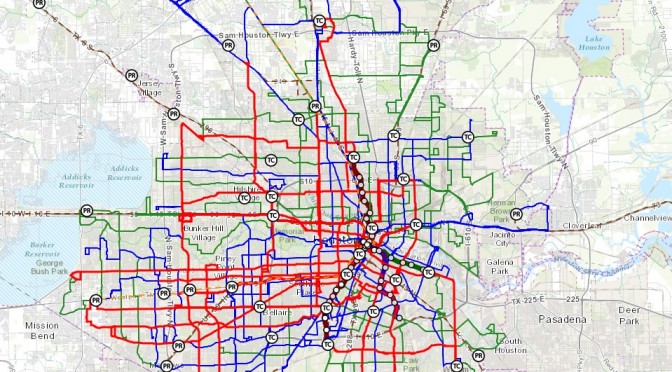
This week, METRO's long-awaited public transit overhaul now leaves the imagination, and becomes reality.
On Wednesday, the METRO Board voted unanimously to
approve the System Reimagining plan, a comprehensive re-design of all of the region's local bus routes, and released the organization's soon-to-be new system map. After months of planning, community feedback and a bevy …
Continue Reading ›› 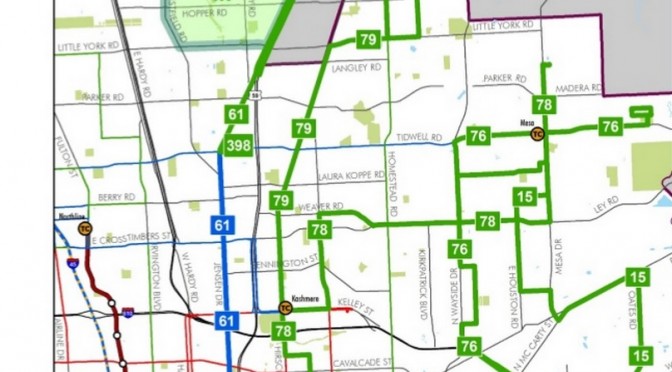
All summer long, Houston area residents have had the opportunity to learn about
Transit System reimagining... the complete restructuring of METRO's local bus network. If done right, the plan will connect residents to more job centers and points of interest than ever before, while providing a significant improvement in service frequency. It's an ambitious …
Continue Reading ›› 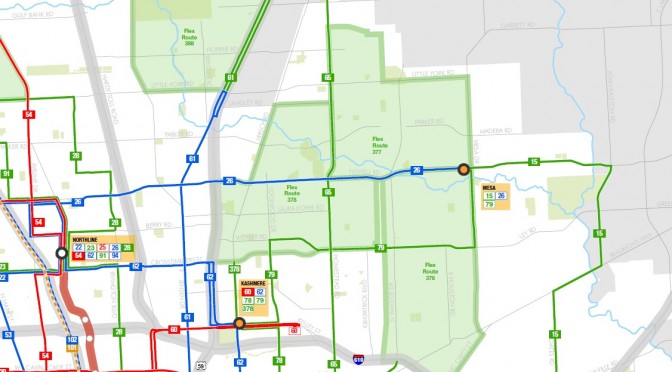
Throughout the summer, the
Metropolitan Transit Authority (aka METRO) has been meeting with communities to provide information about the new
system reimagining plan. In most cases, the plans have been well-received, and left citizens hopeful that they will see vast improvements in service.
This was certainly the case for a meeting that I attended on July 17th …
Continue Reading ›› 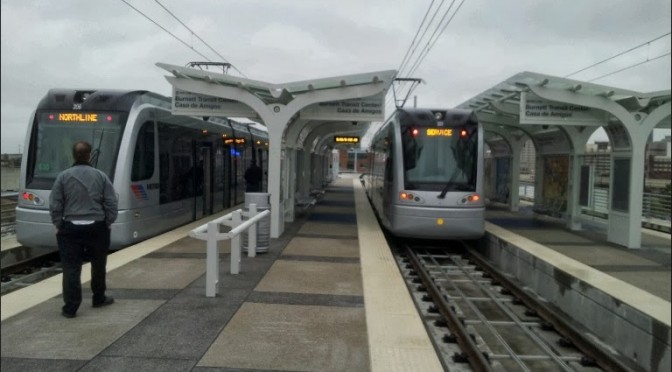
Some great news directly from the
METRO website...
In its first month of operation, the Red/North Line extension exceeded ridership projections by 62 percent.
METRO launched its 5.3-mile extension of the Red/North Line last Dec. 21 - extending the line from HCC-Downtown Station eight more stops … Continue Reading ››
Crack open your urban rail fact books, and get out the corrective tape. Houston's 7.5 mile light rail line just experienced a significant growth spurt. Yesterday marked
the first ever test of the new North Line/ Red Line extension. Though not quite ready for prime time (the rail car was being …
Continue Reading ››
A Voice for the Rest of Texas




